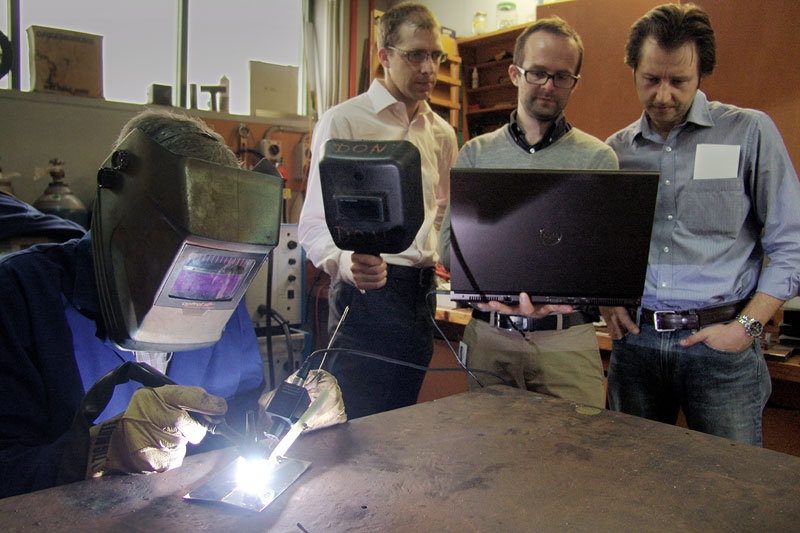AS/NZS 2980, our most widely used welder qualification standard, is up for revision. The draft for public comment can be accessed at the Standards NZ website.
The draft is reflects the inevitable process of moving away from local standards to the ISO standards; in this case to ISO 9606-1:2012, Approval testing of welders—Fusion welding, Part 1: Steels. This has been adopted as AS/NZS ISO 9606.1.
As we now have AS/NZS ISO 9606.1 why do we need another revision of AS/NZS 2980? The answer is that AS/NZS 2980:2017 is intended to provide a “soft” transition to AS/NZS ISO 9606.1 rather than a relatively sudden complete changeover. It does create an unusual situation in that the qualification will be largely based on AS/NZS ISO 9606.1 with some local superimposed requirements set out in AS/NZS 2980:2017.
The significant changes can be summarised as:
- Test piece length may be 200mm; currently the test piece length is 300mm.
- Butt and fillet welds require separate qualification however there is the option of a single bevel butt test piece that covers both types of weld.
- The FCAW gas shielded process does not cover FCAW self-shielded, and vice versa.
- The welder may grind the stop/start position on the capping run.
- The current term “prolongation” has been changed to “revalidation” i.e. the requalification or extension of the certificate when it is up for renewal.
There are now three options:
- Retesting every 3 years i.e. the welding of another test plate.
- Every 2 years revalidation for a further 2 years is possible where there are records of 2 tests by radiographic or ultra-sonic testing on the welder’s production welds in the previous 6 months.
- The certificate remains valid (indefinitely) provided that:
- The welder is working for the same manufacturer (fabricator) who confirms the certificate every 6 months,
- The manufacturer (fabricator) has a verified ISO 3834 quality programme,
- The manufacturer (fabricator) documents that the welder has produced acceptable welds.
The provision of an Appendix (now Appendix C) for welder qualification for stainless steel tube for the dairy industry continues. The Draft has made some changes here however HERA will make comments to the responsible committee on some of the details in Appendix C aimed at keeping this specific to thin walled austenitic stainless steel tube.
There are some minor differences in the acceptance (weld quality) requirements between AS/NZS ISO 9606.1 and the draft AS/NZS 2980 however a comparison of the acceptance levels for a 12mm test plate shows nothing of significance. In practical terms the welder has to achieve the same weld quality; one is not “easier” than the other.
Qualifying welders to AS/NZS ISO 9606.1 can offer advantages to fabricators and welders as this standard is referenced in AS/NZS 1554.1, AS/NZS 3992, ASME, EN and other standards. While AS/NZS 2980 is a structural welding standard, AS/NZS ISO 9606.1 is applicable to a wider range of work including for example pressure equipment and the marine industry. For these reasons AS/NZS ISO 9606.1 should become a first choice qualification for welders in New Zealand.
An advantage of having a joint AS/NZS standard is that it is possible to include NZ requirements.
Have your say!
We’d love to hear your comments to ensure New Zealand requirements adequately represent the majority and a consolidated view is conveyed to the Committee.
Please note that these comments must be submitted to Standards Australia by 19 October 2017.
Update shared by our General Manager Welding Centre Michail Karpenko
